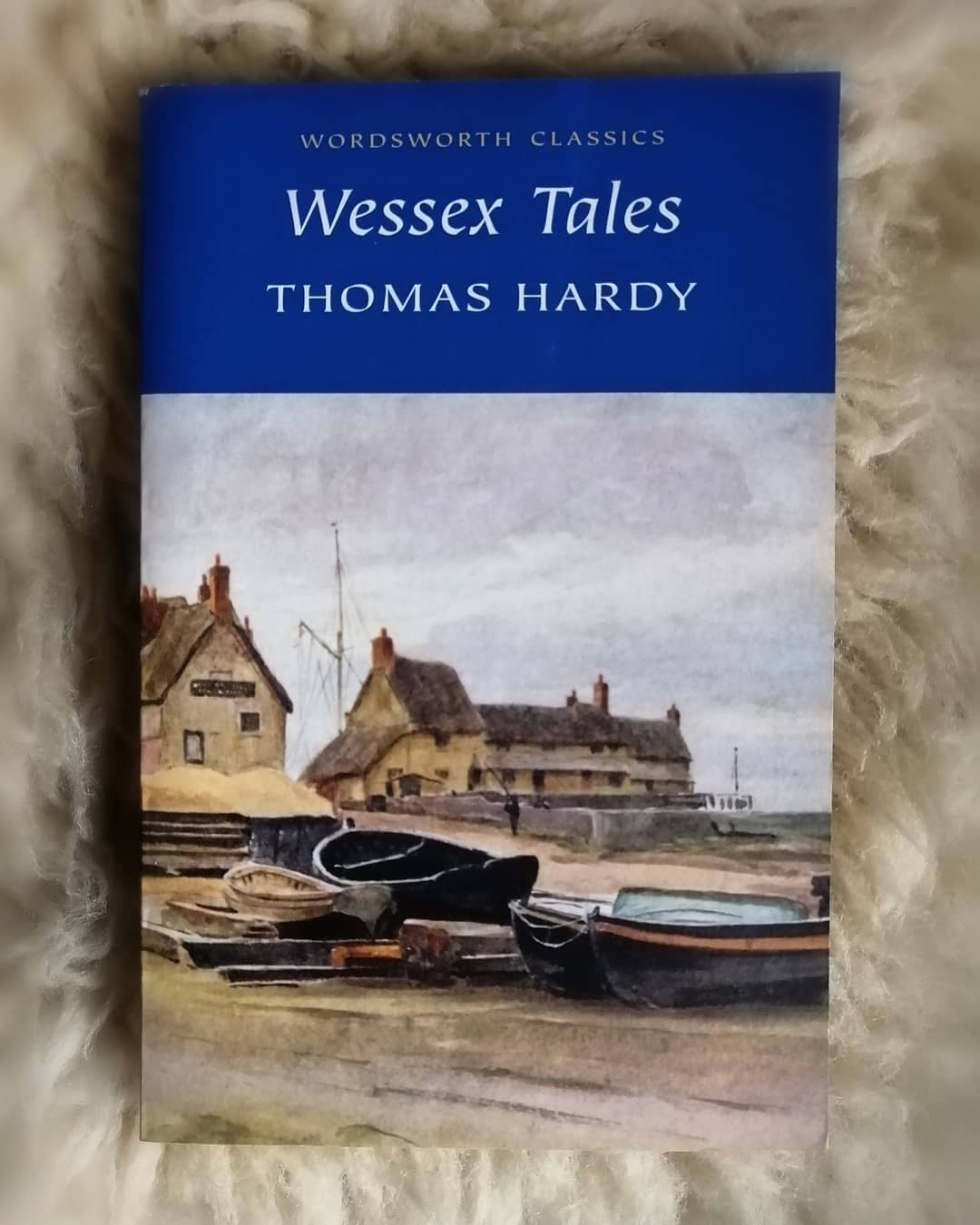📘 ‘Lucy was never visible at these times, being either engaged in the school-room, or in taking an airing out of doors; but, knowing that she was now comfortable, and had given up the, to him, depressing idea of going off to the other side of the globe, he was quite content.’
– Thomas Hardy, ‘Fellow Townsmen’, in Wessex Tales
In this lesson we will be looking at how to use ‘either/or’, ‘neither/nor’, and ‘both’ in everyday sentences, with examples drawn from several short stories in Thomas Hardy’s classic, Wessex Tales (1888). (Note: ‘Wessex’ was a fictional name that Hardy gave to the south-western counties in England, where he himself was from).
✒️ Either indicates that a choice must be made between at least 2 options in favour of only 1.
✒️ Neither indicates that 2 options (or more) are rejected = 0.
✒️ Both indicates that 2 options taken together.
As there is much to cover in this lesson, we will mostly focus on ‘either/or’ and ‘neither/nor’ in the first part of this lesson, and then on how they relate to determiner pronoun ‘both’ in the second section (see next post here).
(All emphases within Hardy’s quotations here are my own).
…
💡 ‘Either … or’ and ‘neither … nor’ are fixed combinations used when speaking or describing two or three options.
EITHER/OR
📝 ‘Either/or’ is used in sentences that involve describing a positive choice between two options. Notice how ‘either’ is always followed here by ‘or’ later on in the sentence.
📘 ‘The mother’s bereavement had been so long ago as not to leave much mark of its occurrence upon her now, either in face or clothes.’ (Here the alternatives are ‘face’ and ‘clothes’)
– Thomas Hardy, ‘Interlopers at the Knap’ in Wessex Tales
📘 ‘Those only proper features in the family doctor, the quiet eye, and the thin straight passionless lips which never curl in public either for laughter or for scorn, were not his; he had a full-curved mouth, and a bold black eye that made timid people nervous.’ (Here the alternatives are ‘for laughter’ and ‘for scorn’)
– Thomas Hardy, ‘Fellow Townsmen’ in Wessex Tales
…
NEITHER/NOR
📝 ‘Neither/nor’ is used in sentences that involve a negative choice or rejection of two or three available options. Similar to the ‘either/or’ combination above, ‘neither’ is always followed by ‘nor’ later in the sentence.
📘 ‘She neither admitted nor denied the charge.’ (Expressing rejection of two possible actions: ‘admitted’ and ‘denied’)
– Thomas Hardy, ‘An Imaginative Woman’ in Wessex Tales
📘 ‘The minister, having neither bell nor servant, was compelled to act in person.’ (Expressing rejection of two objects: ‘bell’ and ‘servant’)
– Thomas Hardy, ‘The Distracted Preacher’ in Wessex Tales
📘 “’Tis like recommending a stage play by saying there’s neither murder, villainy, nor harm of any sort in it, when that’s what you’ve paid your half-crown to see.” (Expressing rejection of three possibible options: ‘murder’, ‘villainy’, and ‘harm’)
– Thomas Hardy, ‘Interlopers at the Knap’ in Wessex Tales
In this last quotation with three alternatives, you will observe that the order in which they are written is just the same as if they were being grouped by ‘and’ : e.g. ‘father, mother, and son’ (you will find another lesson on how to group three or more objects with the conjunction ‘and’ here). Thus ‘nor’ (or ‘or’, if the sentence is positive) simply replaces the conjunction ‘and’.
…
MISTAKES TO AVOID: DOUBLE NEGATIVES
As mentioned above, we use ‘neither … nor’ when we discounting or rejecting two alternatives that are presented in the negative:
📘 ‘ … when Barnet took him gently by the hand and proposed to start at once, he quietly acquiesced, neither uttering any further word nor making any effort to repress his tears.’ (i.e., ‘Uttering’ did not happen. ‘Making an effort to repress tears’ did not happen either.)
– Thomas Hardy, ‘Fellow Townsmen’, in Wessex Tales
👉 Don’t fall into the mistake of creating a double negative however: e.g. ‘he didn’t want it neither’ is wrong.
Remember: when you use ‘not’ in the context of describing a rejection of two things, it is always followed by ‘either’, not ‘neither’, when both are in the same sentence (compare this with the next point below).
In fact, this version is fairly common in spoken English. For example: ‘Lucy did not want to talk about the matter, and Mrs Barnet didn’t either.’
…
EXPRESSING AGREEMENT WITH A NEGATIVE SENTENCE:
✍️ If you want to express your agreement with a negative statement, you keep the combination of
1st sentence: Negative statement has a negative adverb (like ‘not’)
2nd sentence: Agreement has ‘… neither’ or ‘nor’.
Notice how ‘not’ in the question below was confirmed in a separate sentence with a ‘neither’ and a ‘nor’:
📘 “Ell, you are not thinking still about that— poetical friend of yours?”
She neither admitted nor denied the charge.’
– Thomas Hardy, ‘An Imaginative Woman’ in Wessex Tales
…
‘EITHER/OR’ and ‘NEITHER/NOR’ – ALTERNATIVE WORD ORDERS
In summary, ‘either/or’ and ‘neither/nor’ are common combinations for describing choice between or rejection of two (or three) options.
✍️ However, these combinations will not always be found within the exact same sentence, nor necessarily even in the same order. Sometimes a question or a sentence includes ‘or’ in it, indicating that there is a choice. The reply to this question – in a sentence of its own – will usually include ‘either’, ‘neither’, or ‘both’. For example:
Question: ‘Would you like a cup of tea or coffee?’
Answer: ‘Either would be fine, thanks.’ / ‘Neither, thank you.’ / ‘Could I have both a cup of tea and a glass of water? I am very thirsty!’
…
👉 Join me in the next post for the second part of this lesson, where we will cover how the preposition ‘of’ influences the meaning of ‘either’, where we look at verb conjugation and word order, and how ‘either’ can be used to talk about places.




